
The effects of the changing climate are particularly noticeable in the Arctic. On the front line sits Greenland and its population. This is because the effects threaten not only the way of life, but in a very real way, life as such in the form of increasing natural hazards. The Swiss Polar Institute SPI has now launched several research projects, in collaboration with the Greenland Research Council NIS.
On the one hand, SPI, together with the Research Council of Greenland NIS, has started to develop projects for the assessment and monitoring of natural hazards, such as avalanches and landslides, within the framework of the “Koni-Steffen” workshop in Nuuk. On the other hand, SPI has also launched one of its two new research programs, named “GreenFjord”, which focuses on the effects of climate change on the fjords in Greenland and their inhabitants.
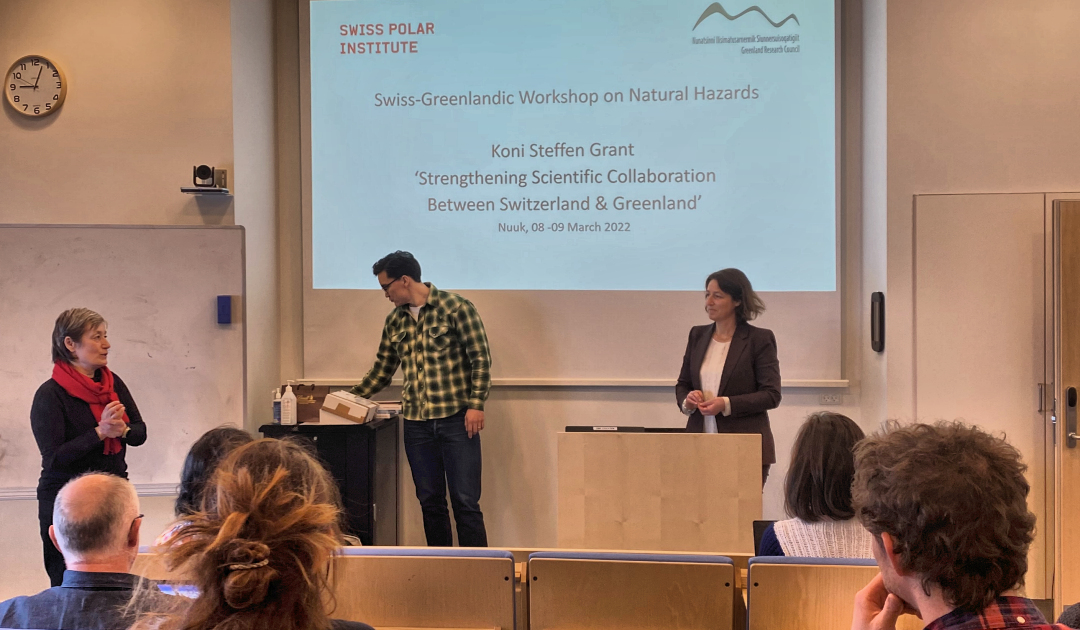
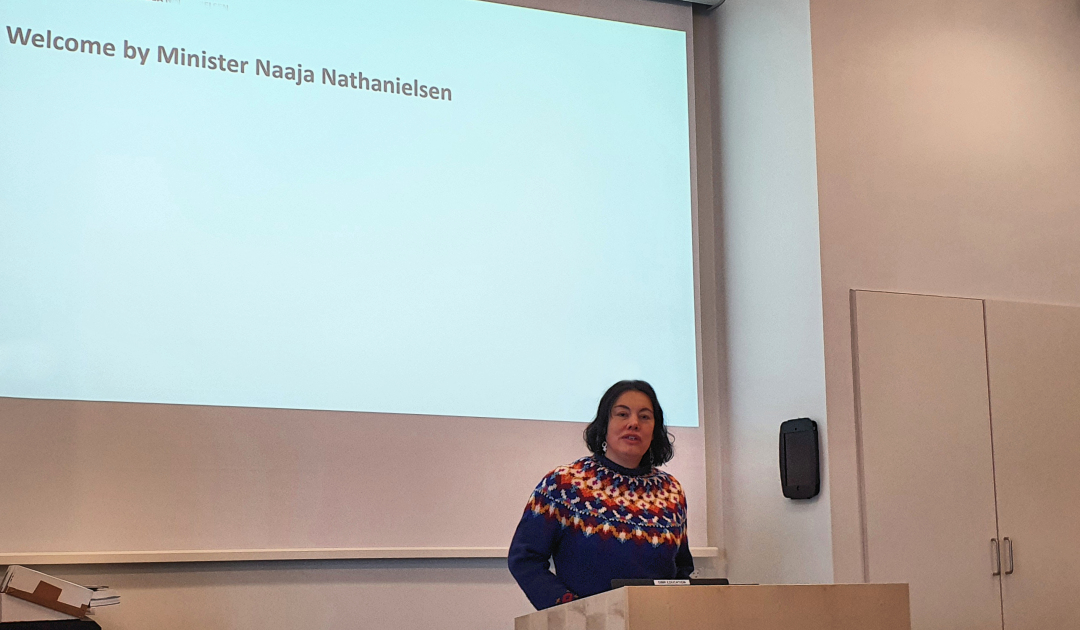
At the “Koni Steffen” workshop, named after the late Swiss glacier and climate researcher, Swiss and Greenlandic experts from a wide range of disciplines, such as avalanche and glacier research, seismology, geophysics, but also risk assessment and management and data analysis, came together to discuss possible approaches and concepts to the topics of “avalanches, landslides and other natural hazards”. This is because the risk of such hazards has increased in certain regions of Greenland due to climate change. “The greatest danger at the moment comes from the ‘Karrat’ area (an area northwest of Ilulissat, editor’s note),” explains Professor Gabriela Schaepman-Strub, the SPI’s scientific director. “In this area, resettlement is also an issue and, accordingly, it is important to assess the risk of a landslide and a resulting tsunami and possibly install an early warning system. The second topic was avalanche risk. This mainly concerns local and tourist recreational activities such as skiing, but especially driving snowscooters.”
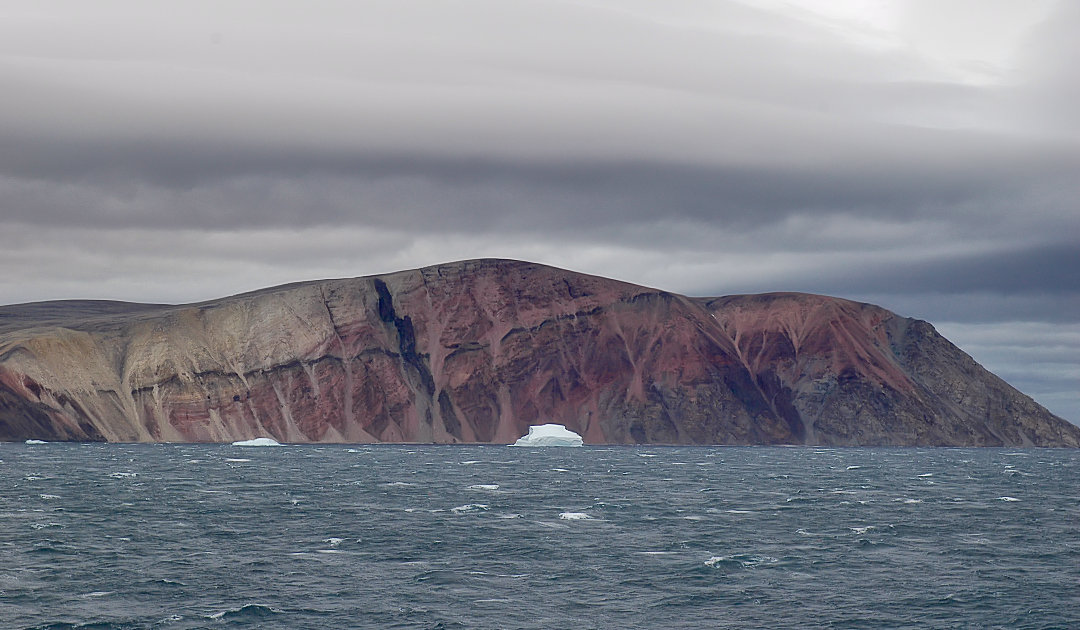
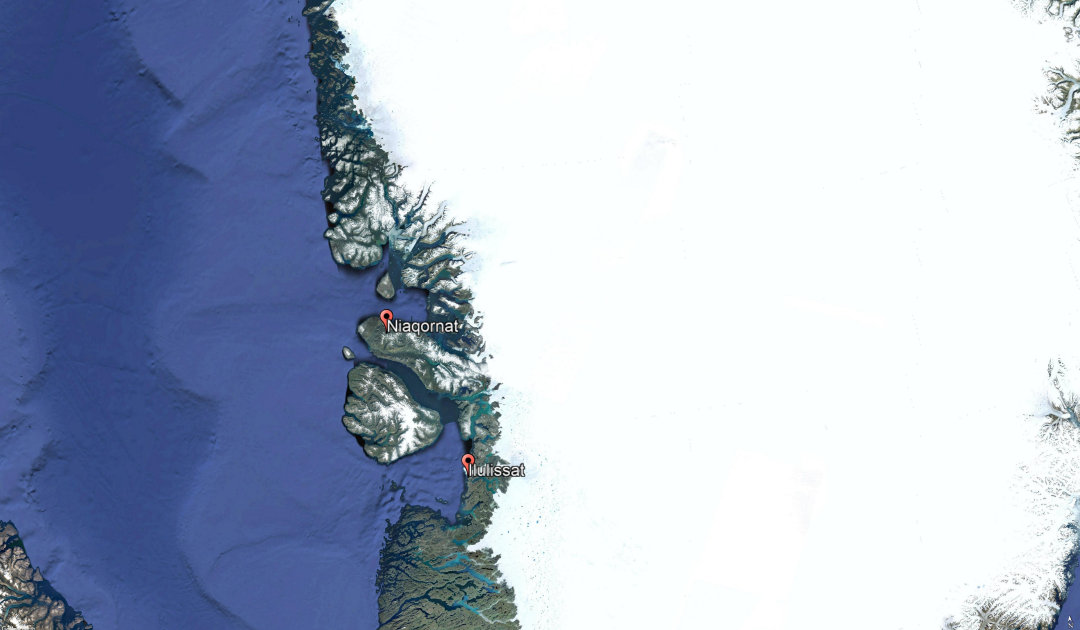
The problem, however, is that there is no systematic survey of risks over wide areas in Greenland so far, but only where people live. But when massive landslides occur in remote locations, they can trigger tsunamis that cause damage to people and buildings in coastal towns. An early warning system and risk management plus raising public awareness of the issue are intended to remedy this situation. This also applies to avalanches. “Currently. the avalanche risk is not systematically recorded and communicated. In Sisimiut, they now want to start recording the risks. At the workshop, people from the Swiss Avalanche Research Institute SLF were able to show how the system works in Switzerland and also report on experiences in other countries in the Alpine region. The workshop served to build trust between the Greenlandic and Swiss experts,” Gabriela Schaepman-Strub states.

NIS Chair Josephine Nymand further says, “We hope that our new collaboration can help facilitate long-term capacity building around natural hazard management in Greenland. Our Swiss colleagues are very experienced in this field, and international research collaboration is crucial for Greenland in developing national monitoring systems and mitigation plans for natural hazards.” Two proposals will now emerge from the experience of the workshop for the areas of avalanches and landslides, which will include capacity building as well as integral exchanges between experts.
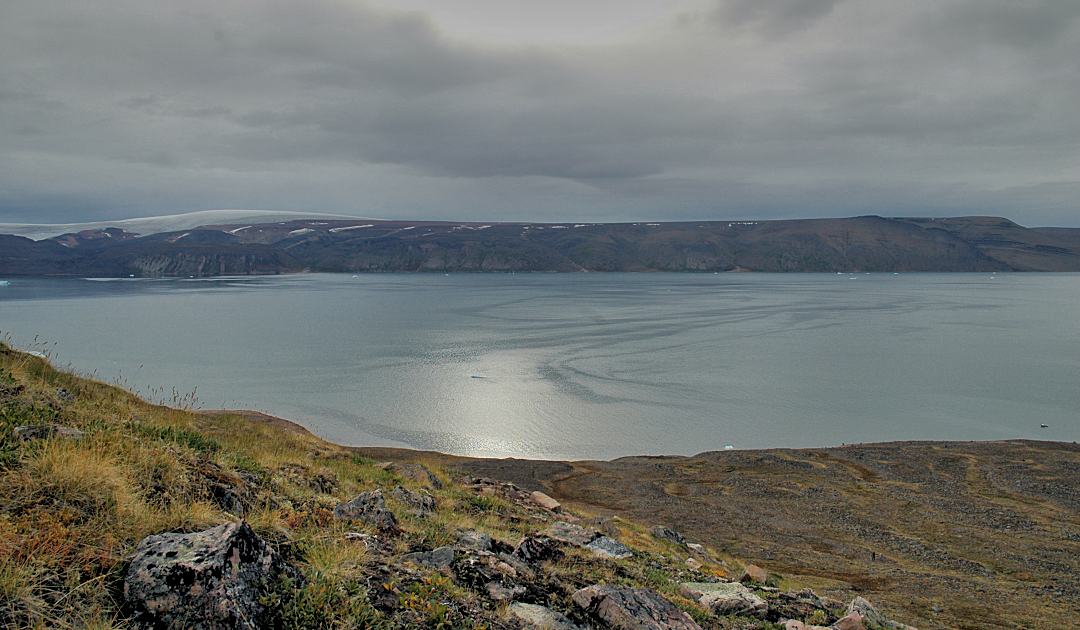
Natural hazards are not the only issue SPI is working on in Greenland, however. Over the next four years, the “GreenFjord” research project, launched as part of SPI’s flagship initiatives, will study how climate change will affect the fjords of southwest Greenland with their marine and terrestrial ecosystems. Because the fjords are considered the lifelines of the local population. The goal of “GreenFjord” is to better understand these systems and to be able to predict changes better and more accurately. Professor Julia Schmale of EPF Lausanne, who is leading the program, says: “We want to achieve a better understanding of how carbon and nutrient cycles are changing and what consequences this has for biodiversity in the atmosphere, on land and in the ocean. Ultimately, we strive to learn more about the biodiversity of micro- and macrofauna; that is, to understand how the food web and possibly fish stocks might change in the future.”

However, in addition to the field work to study the impacts on ecosystems, “GreenFjord” takes research one step further and also studies what this means for local people and what necessities must be met now and in the future in order to continue living under the prevailing and expected conditions. “For the first time, the entire ecosystem of the region is being studied from a human perspective,” explains Professor Schmale. “That’s what makes our project unique, and it’s part of our cross-disciplinary approach.”
Both research areas, the “Koni Steffen” workshop as well as “GreenFjord”, could be the beginning of a profound research collaboration between Switzerland and Greenland. “Thanks to the workshop, we had the opportunity to address many other topics that would be attractive for collaboration,” says Gabriela Schaepmann-Strub. “We see the potential for highly exciting science and technology projects in Greenland in collaboration with our new research partners.”
Dr Michael Wenger, PolarJournal
More about this topic





